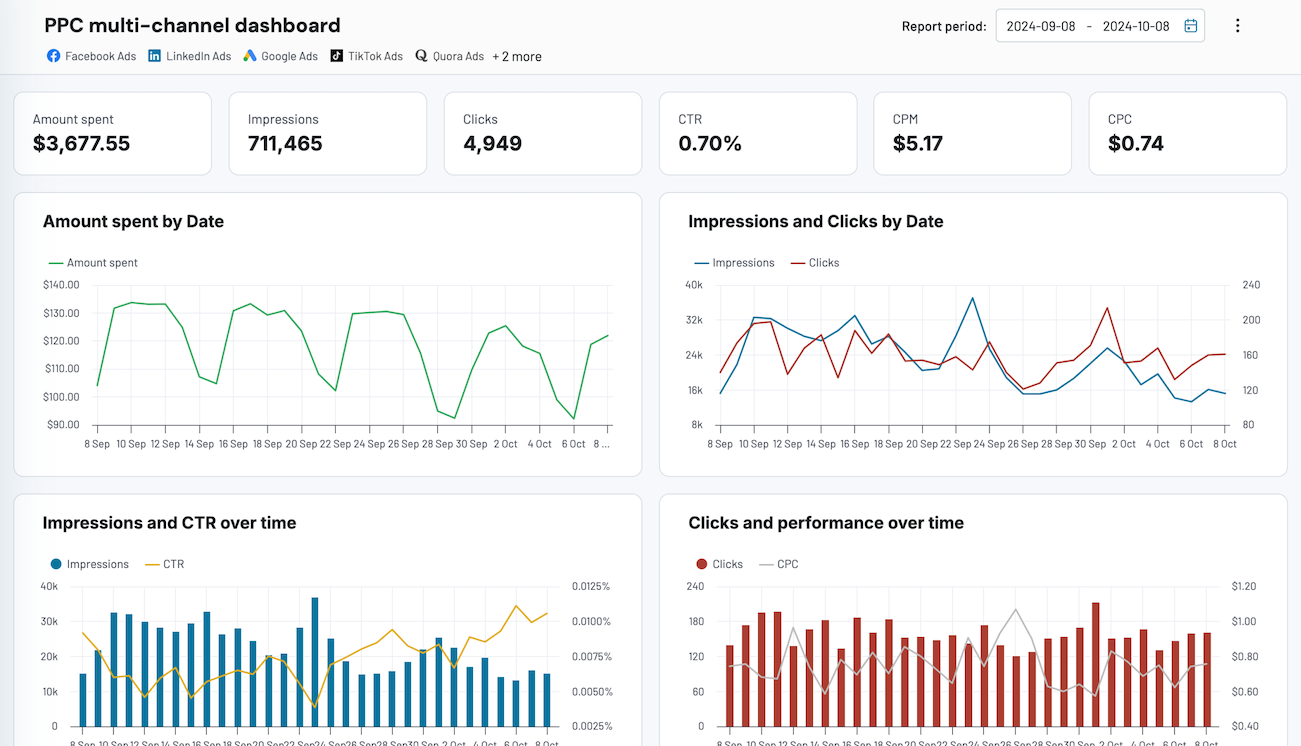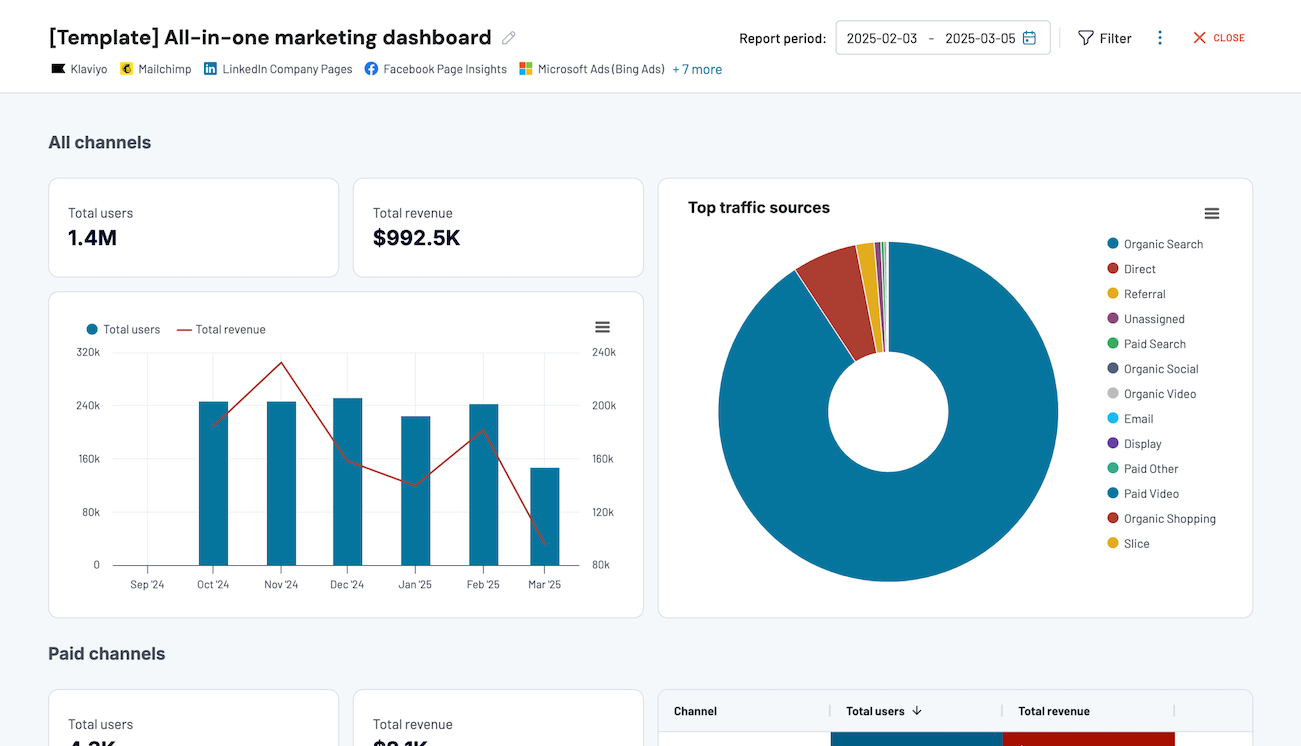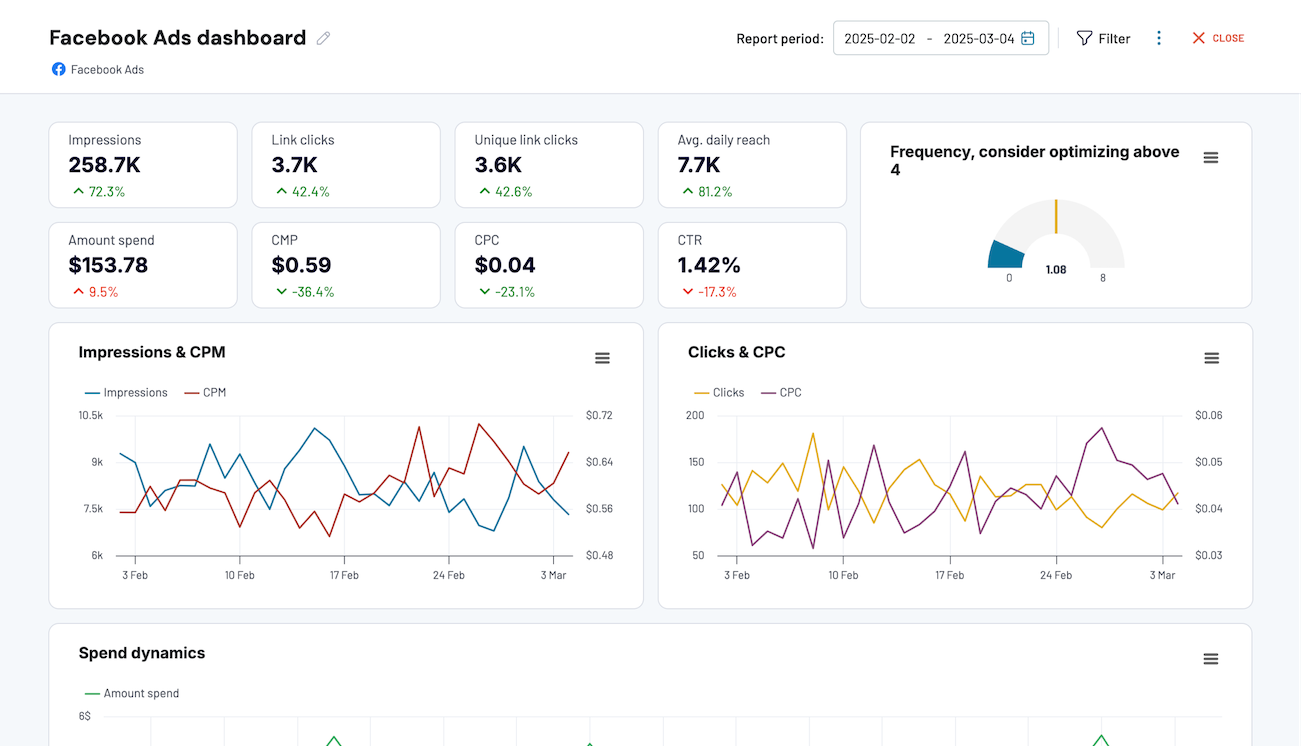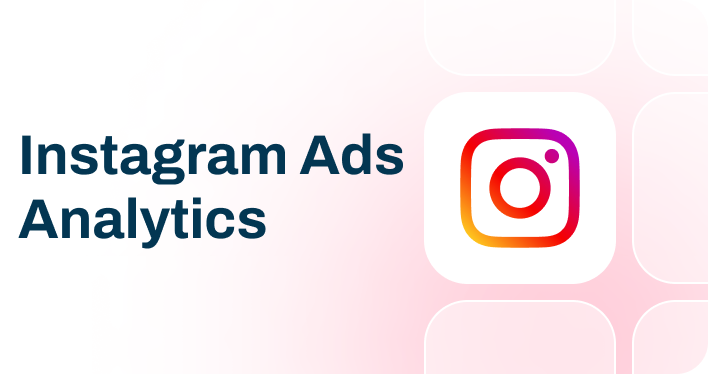What is a CTR?
Click-through rate (CTR) measures the percentage of clicks on your ads or links relative to the total number of views (impressions). This key performance indicator has a simple formula: CTR = (Clicks / Impressions) * 100. CTR is crucial since it provides insight into the relevance of your ads or content to your target audience. A higher CTR indicates that your message resonates well. This leads users to engage further by clicking through.
How to calculate CTR?
To calculate click-through rate (CTR), divide the number of clicks on your ad or link by the number of times it was shown (impressions).
(Clicks / Impressions) * 100
What is bad CTR?
A bad click-through rate (CTR) signifies low engagement with your ads. This indicates potential issues with ad relevance, targeting, or creative design. Bad CTR values vary by platform and industry. For instance, a CTR below 1% in digital advertising often signals poor performance. In retail, a CTR under 1% might be concerning. At the same time, in B2B sectors with typically low engagement rates, anything below 0.5% could be considered poor. It's crucial to identify and address the factors that lead to a low CTR.
What is good CTR?
A good click-through rate (CTR) indicates high engagement with your ads or content. This means that targeting is effective and messaging is compelling. A good CTR varies significantly by industry and the platform used. For example, the average CTR on Google Ads across all industries is about 2%. However, for emails, a 20% CTR is considered solid. In industries like retail, you can expect a 2-3% CTR for search ads. Meanwhile, in finance, the benchmark could be closer to 5%. High CTRs signal that your audience finds your ads relevant and appealing.
Our key templates to track CTR
How to improve CTR?
Optimize Ad Copy
Craft compelling, clear, and concise ad copy. Use strong call-to-actions (CTAs) and highlight unique value propositions. This will make your ads stand out and encourage clicks.
Improve Targeting
Refine your targeting strategy to reach more relevant audiences. Use demographic, geographic, and behavioral data to tailor your ads. As a result, you will increase the likelihood of engagement.
Test Ad Creatives
Regularly test different ad formats, images, and headlines. A/B testing helps identify what resonates best with your audience. This will let you optimize ads for higher click-through rates.























